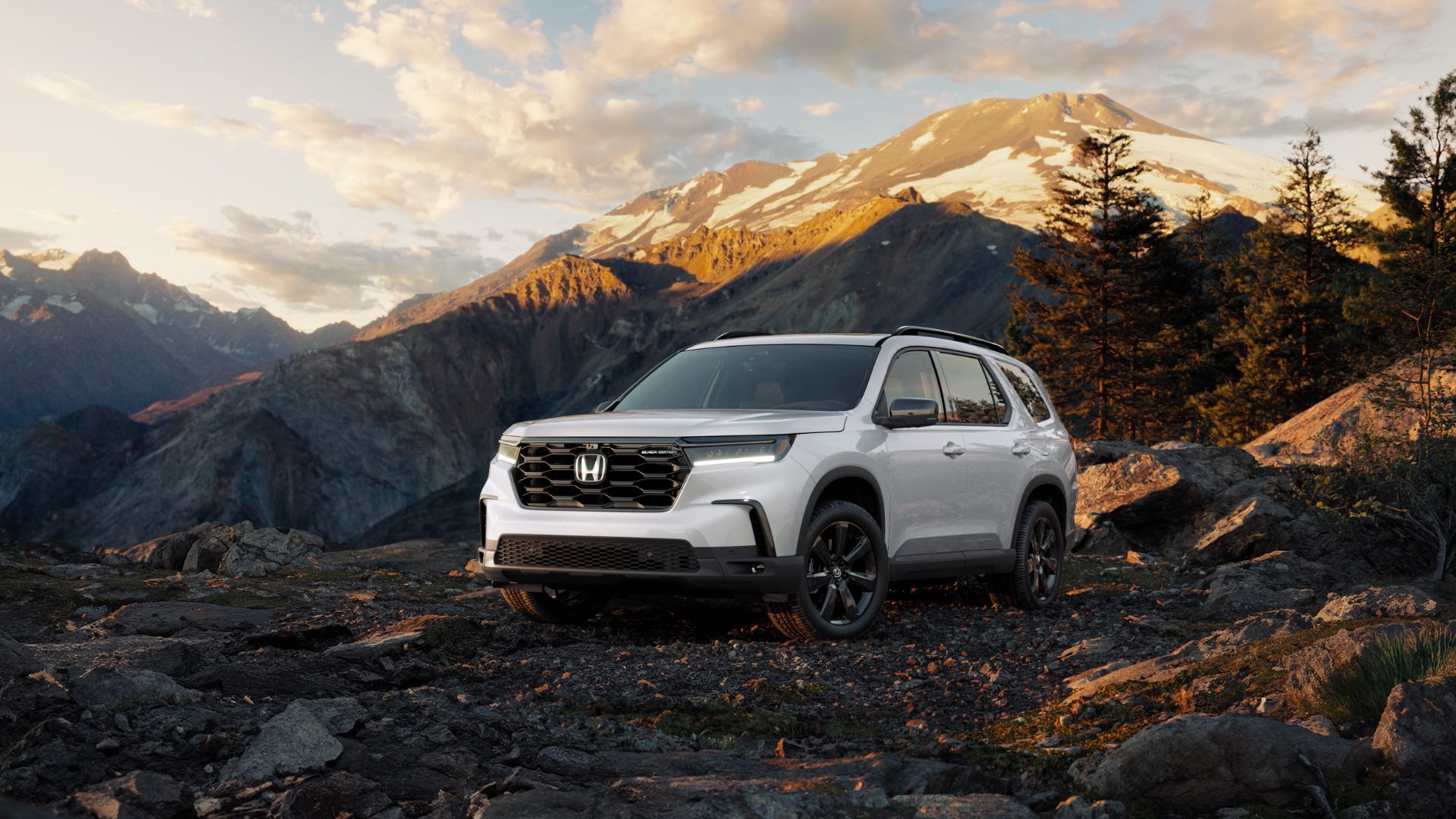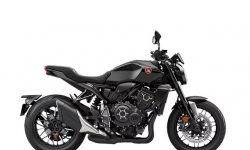2025 Honda Pilot Suv Earns Iihs Top Safety Pick+ Rating
July 11 2024, Honda Canada

- Five Honda models now rated 2024 TSP or better by IIHS.
- Enhanced rear seat belts improve second-row passenger protection in updated IIHS moderate overlap front test.
The 2025 Honda Pilot SUV has earned the Insurance Institute for Highway Safety's (IIHS) highest accolade, the 2024 TOP SAFETY PICK+ (TSP+) rating.
Contributing to its overall rating, the Pilot earned top ratings from IIHS in Crash Worthiness evaluations and in pedestrian front crash prevention and headlight performance. Enhanced rear seat belts in the 2025 Pilot also improved second-row passenger protection in IIHS' updated moderate overlap front test. A combined five Honda models have now earned 2024 TSP ratings or better.
Based on Honda's long standing "Safety for Everyone" approach, which focuses on advancing safety for everyone sharing the road, all 2025 Pilot models are equipped with the Honda Sensing® suite of safety and driver-assistive technologies, which includes Collision Mitigation Braking System™ (CMBS™) with Pedestrian Detection, evaluated by the IIHS as a "front crash prevention" system; Forward Collision Warning; Road Departure Mitigation (RDM) incorporating Lane Departure Warning (LDW); Lane Keeping Assist System (LKAS); and Adaptive Cruise Control (ACC). Honda Sensing® is now standard on all new Honda models.
All Honda vehicles benefit from Honda's proprietary Advanced Compatibility Engineering™ (ACE™) body structure, designed to help protect occupants in a wide variety of frontal collisions, along with advanced supplemental restraint systems. When the Pilot was last fully redesigned for the 2023 model year, Honda engineers enhanced ACE™ with a new structure that is optimized and integrated into the front sub-frame and side-frame that improves Pilot's crash compatibility with smaller vehicles, and occupant protection in oblique frontal collisions. At that time, the new Pilot also added Honda's award-winning front passenger air bag that uses a three-chamber design that is particularly beneficial in angled frontal impacts in which lateral collision forces can cause an occupant's head to rotate severely or slide off the airbag, increasing the chance of serious injury. For 2025, the standard load-limiting retractors for the outboard second-row seats received updated load force settings to further mitigate potential injuries measured in IIHS testing.
In addition to IIHS testing, every Honda model that has been fully evaluated in the NHTSA's 2024 and 2025 model year NCAP testing has received a 5-Star Overall Vehicle Scorei.
For complete details on the innovative approaches used to achieve outstanding safety in the Honda Pilot, go to the "Safety & Driver-Assistive Technology" section of the Pilot press kit that can be found here: Pilot info
Honda 2024 IIHS Award Winners:
2024 Honda Accord (TSP+)
2024 Honda CR-V (TSP)
2024 Honda HR-V (TSP+)
2024 Honda Odyssey (TSP)
2025 Honda Pilot (TSP+)
Honda Commitment to Safety
Honda is committed to further advancing safety for everyone sharing the road, which is captured in the Honda global safety slogan "Safety for Everyone." The company has established a global goal to achieve zero traffic collision fatalities involving Honda motorcycles and automobiles by 2050. Honda operates two of the world's most sophisticated crash-test facilities in Ohio and Japan, and is responsible for numerous pioneering efforts in crashworthiness, collision compatibility and pedestrian safety.
Advanced passive safety features include the proprietary Honda Advanced Compatibility Engineering™ (ACE™) body structure and next-generation driver and passenger front airbag technology, which are designed to provide a high level of collision protection for occupants. Advanced active safety and driver-assistive systems found in Honda Sensing® and AcuraWatch™ technologies are designed to reduce the frequency and severity of collisions while also serving as a technological and perceptual bridge to the more highly automated vehicles of the future.




